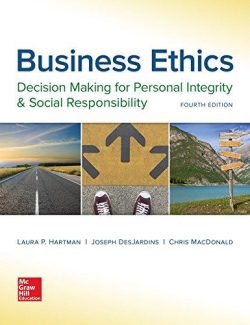Description
Human Capital is Beckers classic study of how investment in an individuals education and training is similar to business investments in equipment. Recipient of the 1992 Nobel Prize in Economic Science, Gary S. Becker is a pioneer of applying economic analysis to human behavior in such areas as discrimination, marriage, family relations, and education. Beckers research on human capital was considered by the Nobel committee to be his most noteworthy contribution to economics.
This expanded edition includes four new chapters, covering recent ideas about human capital, fertility and economic growth, the division of labor, economic considerations within the family, and inequality in earnings.


Leave us a comment
No Comments